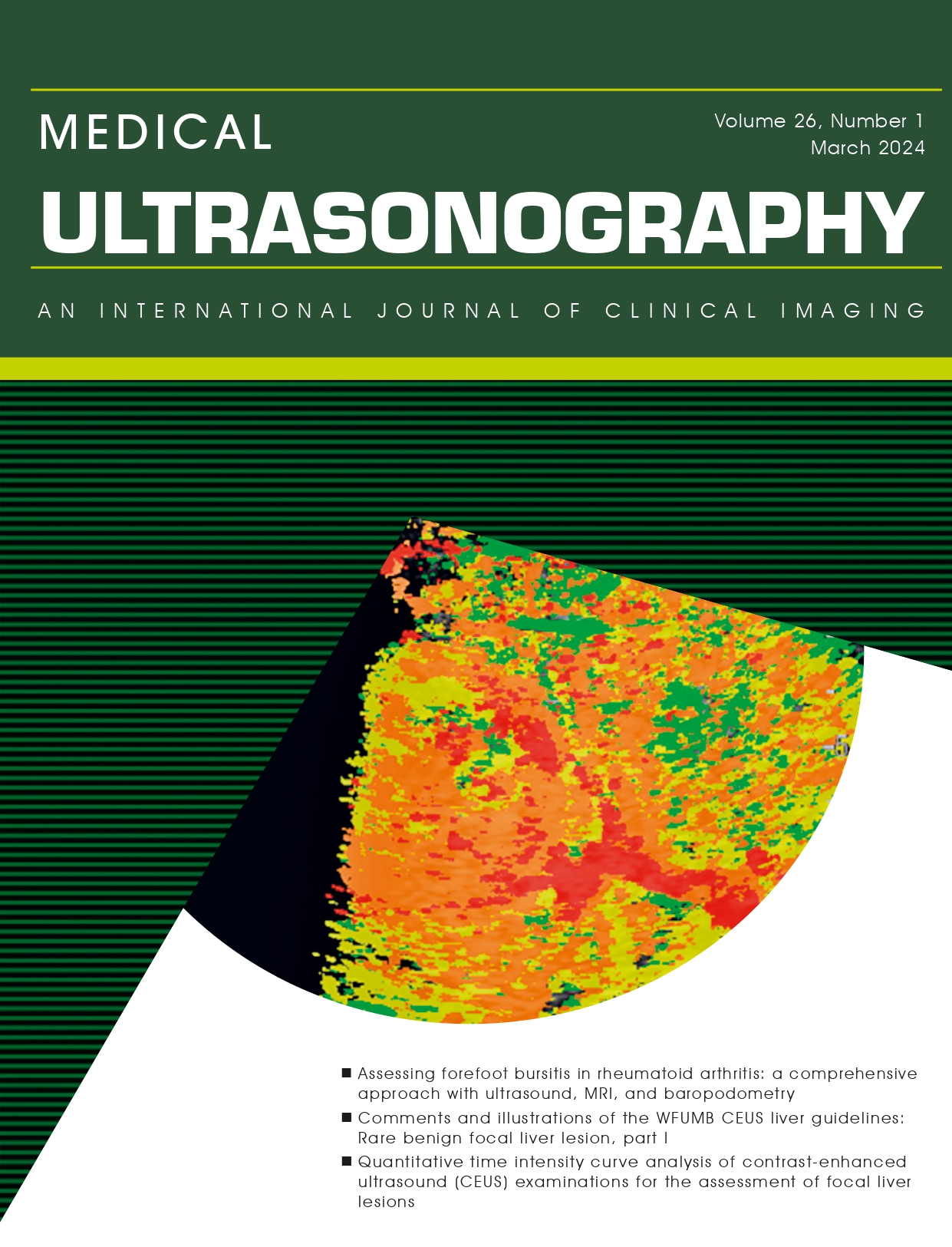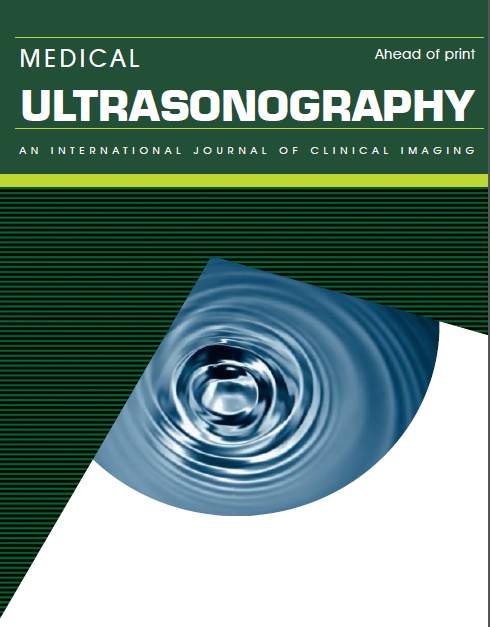Are different cut-off values of liver stiffness assessed by Transient Elastography according to the etiology of liver cirrhosis for predicting significant esophageal varices?
Abstract
Aim: To determine if liver stiffness (LS) measurements by means of Transient Elastography (TE) vary according to the etiology of the underlying liver cirrhosis and to find if there are different TE cut-off values able to predict the presence of significant EV in alcoholic vs. viral etiology of cirrhosis. Methods: This retrospective study included patients diagnosed with liver cirrhosis of viral or alcoholic etiology. All patients were evaluated by means of TE (FibroScan) and upper gastrointestinal endoscopy. We performed 10 LS measurements in each patient and a median value expressed in kiloPascals (kPa) was calculated. Only those with a SR≥60% and an IQR29.5 kPa, had 77.5% sensitivity and 86.9% specificity for predicting the presence of significant EV (AUROC=0.871). The best LS cut-off value for predicting the presence of significant EV was higher in alcoholic cirrhosis as compared with those with viral etiology of liver cirrhosis: 32.5 kPa (AUROC=0.836) vs. 24.8 kPa (AUROC=0.867). Conclusions: LS cut-off values assessed by TE for predicting significant EV are significantly higher in patients with alcoholic cirrhosis as compared with patients with liver cirrhosis of viral etiology.
Keywords
alcoholic liver cirrhosis,; viral liver cirrhosis; transient elastography; esophageal varices; portal hypertension
DOI: http://dx.doi.org/10.11152/mu.2013.2066.152.is1ir2
Refbacks
- There are currently no refbacks.




